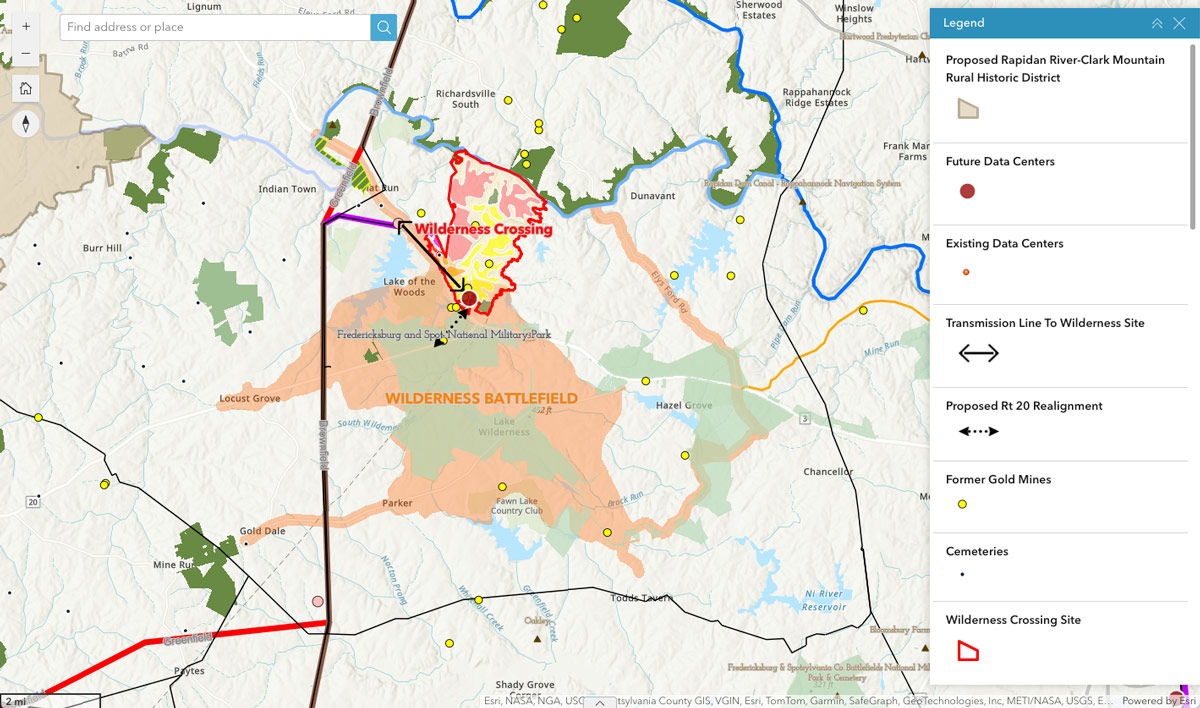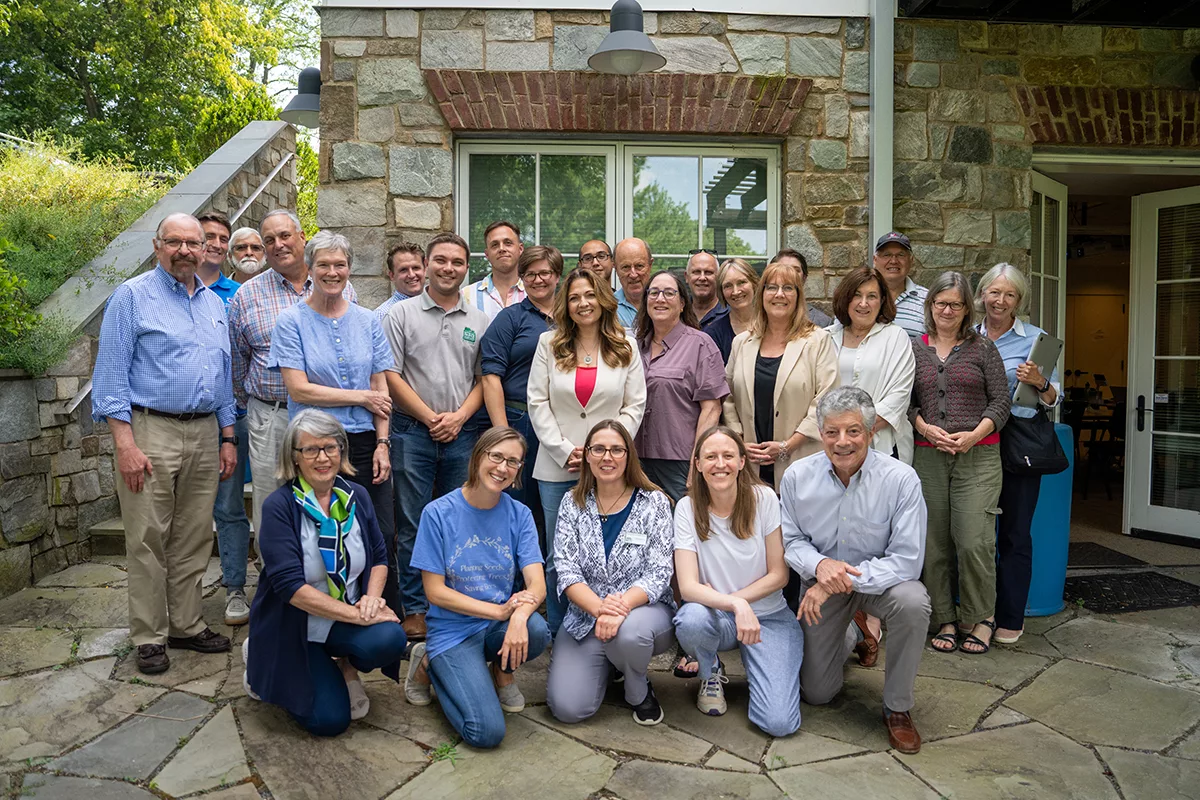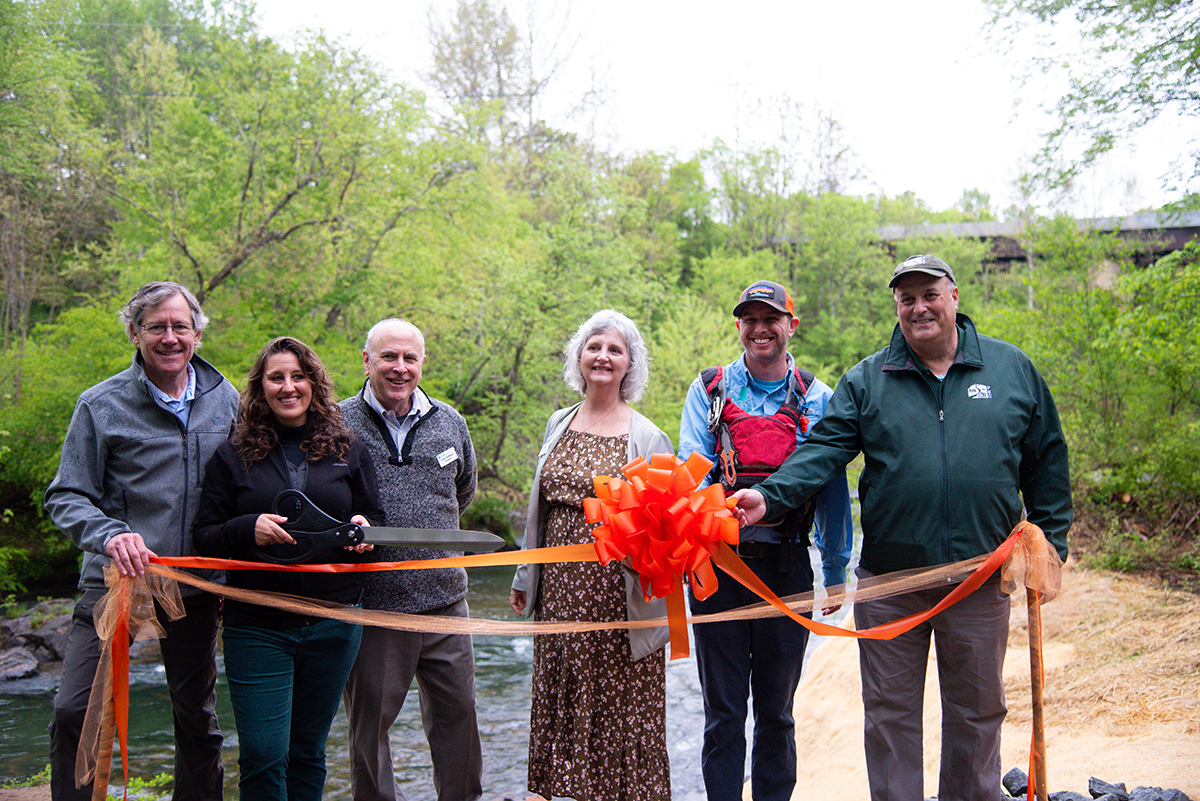The following text was sent out via email on May 8, 2024. Sign up for PEC email alerts →

Dear Supporter,
Last Wednesday, the Wilderness Battlefield area in Orange County was named one of America’s 11 Most Endangered Historic Places by the National Trust for Historic Preservation. This annual listing spotlights historic American treasures at significant risk of destruction or irreparable harm. On behalf of The Piedmont Environmental Council, a member of the Wilderness Battlefield Coalition, I spoke at a press conference to share this timely announcement with the community. Press conference recording →
Wilderness Battlefield’s inclusion on this list underscores the inextricable link between natural, historic and cultural resources. It serves as a clarion call to amplify the critical importance of full transparency and thorough assessment of sensitive resources when considering data centers and other impactful development proposals in state and local policy. Press release →
Local and regional threats
The threat to the Wilderness Battlefield area comes from the largest rezoning in Orange County history — the 2,600-acre sprawling, car-dependent, mixed-use “Wilderness Crossing” development, approved behind a veil of secrecy, that includes land within the historic boundaries of the battlefield. The approved proposal allows for millions of square feet of data centers, new electrical infrastructure, and hundreds of acres of industrial space.
The threats of Wilderness Crossing go far beyond the battlefield, rippling region wide and statewide. The proposed footprint and features of Wilderness Crossing will exacerbate development pressures along Virginia Route 3, mirroring past encroachments on Salem Church Battlefield and Chancellorsville Battlefield. Also at risk along this historic route through the Rappahannock basin are Historic Germanna, Spotswood Palace, the U.S. Colored Troops Memorial at Ebenezer Baptist Church and the proposed 40,000-acre Rapidan River-Clark Mountain Rural Historic District, which collectively weave an intricate tapestry of the region’s history.

Statewide, we’re seeing a troubling trend toward industrialization, rather than a balanced approach to preservation and economic development that protects resources we’ve already made a significant investment in as a Commonwealth. See the approval of data center complexes adjacent to Culpeper National Cemetery and Culpeper Battlefields State Park, or plans for an Amazon data center near Stevensburg in nearby Culpeper. Further afield, the “Digital Gateway” data center campus was approved last year next to Manassas National Battlefield Park in Prince William, and this year’s proposed transmission line expansion would run through Sweet Run State Park in Loudoun.
These developments underscore a broader crisis affecting Virginia and the Mid-Atlantic region, where the data center industry’s unregulated expansion threatens not just historic and cultural resources but residents’ quality of life.

Bringing awareness to the impacts of the data center industry
Today, countless national and international news stories are at last acknowledging what PEC has recognized for years: the explosion of the energy-hungry data center industry is putting our clean energy and climate goals, and even public health, at risk, and pushing the cost of energy production and transmission to support data centers onto everyone who pays an electric bill in Virginia.
And yet, no direct federal or state oversight exists for the siting and building of these mammoth warehouse-like structures. That’s why PEC is proud to have launched, in partnership with the National Parks Conservation Association, the Virginia Data Center Reform Coalition in 2023.

Our coalition efforts are bringing into focus the environmental impacts of data center facilities on energy production and transmission, water supply and water quality, climate resilience, biodiversity and local food production, and historic and cultural resources. In raising awareness, we are calling on the state for common sense regulation that includes: better planning and siting of data centers; transparency about their energy demands, water use, and cumulative infrastructure costs; efficiency and sustainability standards; policies that require local governments to consider regional impacts; shift of infrastructure costs from ratepayers to the industry itself; and mitigation for adverse effects on communities and resources.
In the face of these threats, PEC remains committed to a future that prioritizes the conservation and preservation of the unique resources of this corridor and those nearby, which anchor heritage tourism, agritourism and ecotourism in the region.
On April 27, we joined Historic Germanna in celebrating the dedication of a new public boat launch and more than 170 acres of forested land in conservation easement at Siegen Forest at the Germanna Ford, where Route 3 crosses the Rapidan River. The boat launch will increase public access along an increasingly popular water trail that connects residents with nature.

Also this past month, PEC protected more than 1,000 acres of working farmland with the closing of three Agricultural Land Easements in Orange and Madison counties with funds from the federal Farm Bill, further extending the area permanently conserved in the Rappahannock-Rapidan watershed. Many more farms in the Piedmont are eligible for this program and have important historic and natural resources worthy of the highest level of protection.
If you’d like to uplift our long-term investment in the region’s conservation resources in the face of this rapid industrialization, please consider making a gift today at pecva.org/give. Now is a critical moment for our elected officials to establish new policies that better recognize the value of natural, historic and cultural resources for quality of life in this region. Our lands and communities deserve as much.
Sincerely,
Chris Miller
President
cmiller@pecva.org
540-347-2334, ext. 7100
